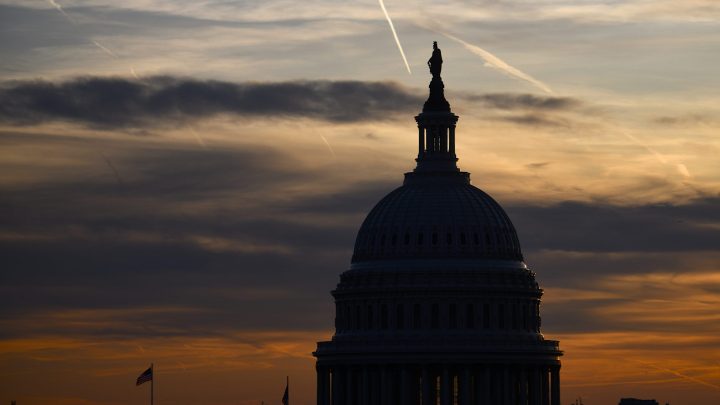
The latest push for a national retirement savings system

The list of things that draw bipartisan support in Congress is pretty short these days. But among the initiatives that draw support from both Democrats and Republicans is overhauling the U.S. retirement savings system (which, by the way, is pretty mediocre compared to what other similarly wealthy countries have).
Legislation to boost retirement security has found success in recent years. Now, there’s another bipartisan bill that’s just been reintroduced with hopes to build on this momentum. For more, “Marketplace Morning Report” host David Brancaccio spoke with Marketplace’s senior economics contributor Chris Farrell. The following is an edited transcript of their conversation.
David Brancaccio: We covered these: the Secure Acts. There was one in 2019, and a [Secure Act] 2.0 in 2022. Both made changes to the retirement savings system that you and I talked about. What does Congress have on deck now?
Chris Farrell: It’s called the Retirement Savings for Americans Act. And, David, it’s far more ambitious than the two Secure Acts that you just mentioned. So what the legislation wants to do is boost retirement security for low- and moderate-income workers who don’t have access to an employer-sponsored retirement savings plan. So this is a large segment of the workforce, and it has little to no retirement savings.
And, by the way — speaking of bipartisanship — the particulars of this legislation, they draw on recommendations developed in a white paper by liberal economist Teresa Ghilarducci of The New School and conservative economist Kevin Hassett of Hoover Institution.
Brancaccio: The core challenge this legislation, I think, aims to solve is expanding the number of workers covered by some kind of retirement plan.
Farrell: That’s it. I mean, look: Most workers save for their retirement through an employer-sponsored plan. And these plans typically come with a matching contribution from the employer. Problem is, it’s up to the private-sector employers to offer their employees a plan. And nearly half of workers don’t have the option at work. And the same goes for the increasing number of workers that are in this so-called gig economy.
Brancaccio: What’s the idea here? It looks like it draws on what the federal workers have, and also members of the military.
Farrell: That’s right. So the model is the federal government’s Thrift Savings Plan. So full- and part-time workers would be immediately eligible for an account. And the same goes with gig workers. And these previously uncovered workers would be automatically enrolled at 3% of their income. Now, it’s important to say they can choose to opt out. They get a match — it’s an automatic 1% contribution from the federal government and up to another 4% through a refundable federal tax credit, which phases out at median income. The account is owned by the worker, and participants would be given a menu of simple, low-fee investment options.
Brancaccio: Now, there have been, I think, many attempts to create a federal retirement system plan. They haven’t really gone anywhere, Chris. What might be different this time?
Farrell: And I know, David, you’re shocked that there is still vocal opposition to this kind of a federal law. But there does seem to be more private-sector backing. Goldman Sachs, Society for Human Resource Management, Uber, DoorDash — they’ve all expressed support.
There’s a lot happening in the world. Through it all, Marketplace is here for you.
You rely on Marketplace to break down the world’s events and tell you how it affects you in a fact-based, approachable way. We rely on your financial support to keep making that possible.
Your donation today powers the independent journalism that you rely on. For just $5/month, you can help sustain Marketplace so we can keep reporting on the things that matter to you.

















